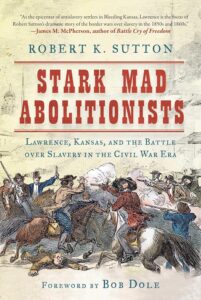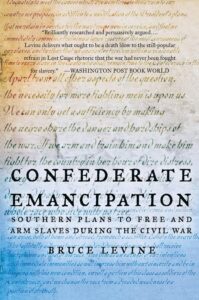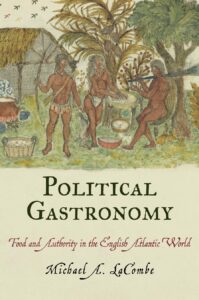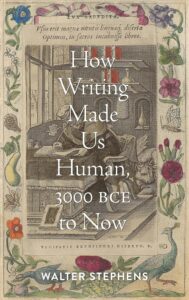The Settler Sea: California’s Salton Sea and the Consequences of Colonialism – Traci Brynne Voyles
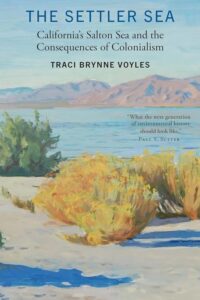 The Settler Sea: California’s Salton Sea and the Consequences of Colonialism. By Traci Brynne Voyles. (Lincoln: University of Nebraska Press, 2021. pp. 362. Cloth, $60.00. Paper, $30.00.)
The Settler Sea: California’s Salton Sea and the Consequences of Colonialism. By Traci Brynne Voyles. (Lincoln: University of Nebraska Press, 2021. pp. 362. Cloth, $60.00. Paper, $30.00.)
The Settler Sea is an environmental, social, culture, and racial history of the struggle over the meaning of the Salton Sea, a large body of water in Southern California that has many different meanings to many different groups of people. As the physical environmental nature of the sea changed over time depending on how different groups used it and conceptualized it, these groups struggled to define the identity of the sea and to control its use for divergent needs. From the Indigenous Peoples who called it there sacred home to the white tourists who used it as a trendy spa, the Salton Sea provided spiritual and economic meaning to many different groups of people. Voyle’s argument is worth quoting at length:
These forms of intersectional analysis suggest that the Salton Sea’s story is not simply a staid narrative of environmental decline, in which humans endlessly, and universally, destroy nature. The Settler Sea tracks a more nuanced argument: that the function of social power built into settler colonial processes – racism, sexism, classism, heteropatriarchy, ableism – are themselves environmentally ruinous. In this formulation, oppression of humans is a primary threat to the nonhuman world. Here the central line of thinking in environmental justice studies and some major works of environmental history…that environmental problems compound social inequities – is inverted to argue that social inequities also cause vast environmental problems. The morass of devastating environmental conditions at the Salton Sea illustrates how the dispossessive and exploitative conditions inherent to settler colonialism in this part of California have restructured the natural world in deeply troubling ways. (7)
The most important characters in this book, beyond the sea itself, are the Cahuilla people, whose physical and spiritual connection with their native lands, including the basin of the Salton Sea, drives the narrative. The Cahuilla had adjusted to the periodic evaporation and the flooding of the Sea. They treated the land as sacred. The arrival of settler colonialists and the racism they brought altered this relationship as they wrested away the Cahuilla’s scared lands and invested the Salton Sea with their own meaning, a dumping ground for toxic materials brought from redirecting and attempting to tame the Colorado River and building canals that emptied waste in to the Salton Sea. Settlers forced Indigenous Peoples to alter the landscape around the Sea, either by threats of violence or poverty or both. Settlers forced them from their homes and took their land, leaving them unmoored. The redirection of the Colorado River as a means to irrigate farmland in the Imperial Valley left indigenous homes underwater and besieged by toxic runoff that polluted the sea and threatened their already precarious way of life. This exploitation began a battle to reclaim that land that they are still fighting today. Voyles also demonstrates that Chinese, Mexicans, and prisoners also worked to build up the infrastructure around the Salton Sea. The Sea had different meanings to all these different peoples.
One thing I struggled to understand was the relationship between the pollution of the Sea and its continuing use. The influx of toxic chemicals and die off of animal and plant species seemed to work in tandem with the recreation of the Sea as a tourist mecca. How could tourists ignore the unpleasant (an understatement) deteriorating environmental conditions around them? Eventually the sea destroyed the tourist infrastructure, including the railroad nearby, but I had trouble determining a clear nature of the changing relationship tourists had to the sea. When did environmental degradation meet its tipping point for the recreational uses of the Sea? Did it ever? I suppose Voyles would say is that the point is that commercial tourism helped degrade the environment of the Salton Sea by imposing middle-class ideas of luxury onto the landscape, changing the environment to meet their needs.
The Salton Sea was built on the oppression of Indigenous peoples, exploitation of the labor of Blacks, Latinos, and Asians. The drive to shape the Salton Sea has a dumping ground for toxic waste and a playground for white Americans built an environmental catastrophe, destroying ways of life if not life itself. People are part of the environment, so taking Voyle’s argument into account, we can see how human relationships can devastate both nature and human life. Human narratives about environments form the way humans choose to interact with those environments. In The Settler Sea, Voyles uses the Salton Sea has a microcosm to explore this phenomenon.
In recommending this book, I think it would work in a graduate environmental history class. But the books cannot be limited to that. It could also be used in a class examining westward movement, or a history of Indigenous Peoples. One of the appeals of Voyles book is the layers of narrative she presents, finding multiple points of interest that weave together a comprehensive history of human relationships to the Salton Sea and how those relationships changed over time and depending on which group was interacting with the Sea and each other. Studying different groups of people does not separate them, however. Instead, Voyles shows how all the different characters in The Settler Sea are related to each other. That’s why I think it would be better suited for a graduate class. There is a lot to pick apart here, and her jumps in time and subject are sometimes confusing. For students learning how to write history at a higher level, it is a useful case study.
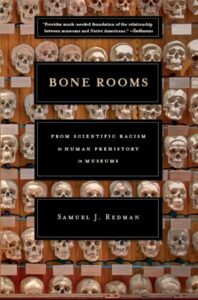
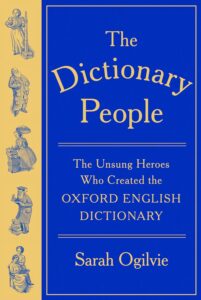
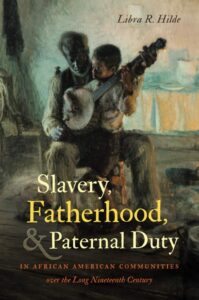
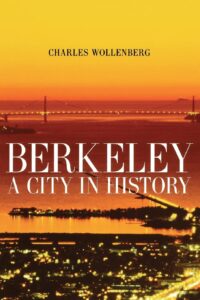 Berkeley: A City History. By Charles Wollenberg. (Berkeley: University of California Press, 2008. pp. 224. Paper, $26.95.)
Berkeley: A City History. By Charles Wollenberg. (Berkeley: University of California Press, 2008. pp. 224. Paper, $26.95.)